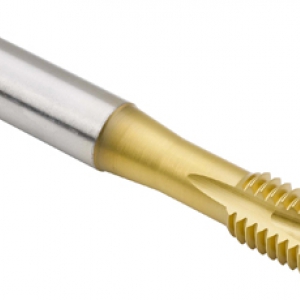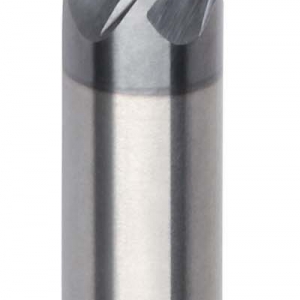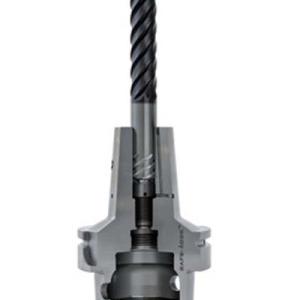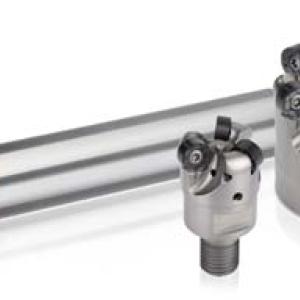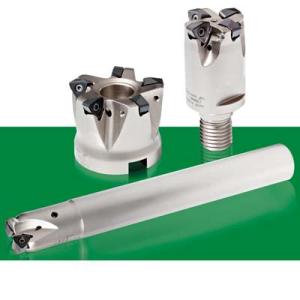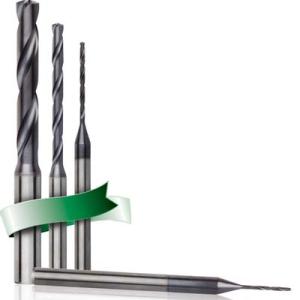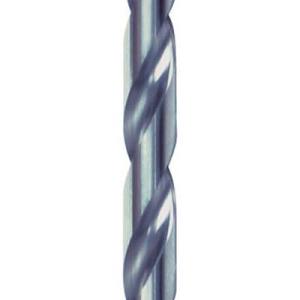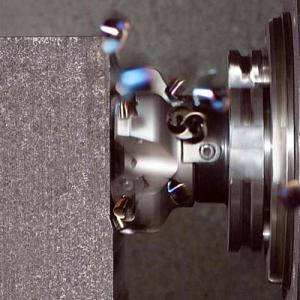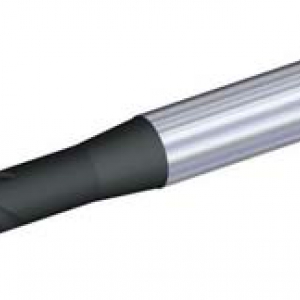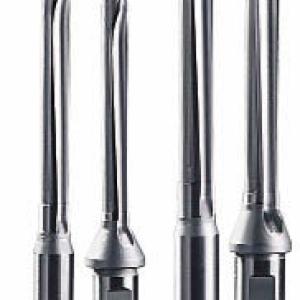Contact Details
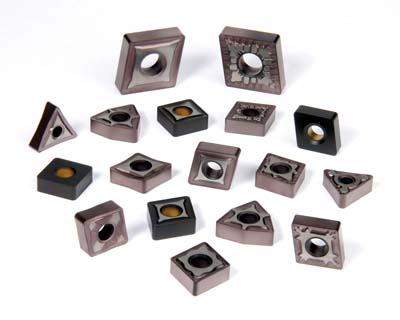
With positive feedback from pre-launch customers, new high-performance WIDIA Victory turning grades reportedly deliver increased productivity with improved surface finishes and longer tool life across steel, stainless steel, cast irons, and specialty alloys.
"These are significant new turning solutions including 10 different grades and 14 different geometries, including five new chipbreaker designs," says John Gable, product manager, global turning products for WIDIA. And in many cases, the results are not just marginal improvements, but more like double the number of parts versus other inserts."
WIDIA's Victory inserts employ coating technologies to improve wear resistance and allow for higher speed and/or feed capabilities. Additional post-coat treatment provides increased cutting-edge toughness to reduce the depth of cut notching and extend tool life. WIDIA Victory inserts are ground after coating to provide a secure seating surface, adding to tool reliability.
"Whether the task is light or medium turning under favorable conditions or heavy-duty roughing with heavy interrupted cuts, there is a WIDIA Victory insert that will improve your results," Gable says. "Customers can machine more parts per insert and get higher dependability at elevated cutting speeds. The bottom line is more uptime and higher throughput to get parts out the door faster."
Related Glossary Terms
- alloys
alloys
Substances having metallic properties and being composed of two or more chemical elements of which at least one is a metal.
- cast irons
cast irons
Cast ferrous alloys containing carbon in excess of solubility in austenite that exists in the alloy at the eutectic temperature. Cast irons include gray cast iron, white cast iron, malleable cast iron and ductile, or nodular, cast iron. The word “cast” is often left out.
- chipbreaker
chipbreaker
Groove or other tool geometry that breaks chips into small fragments as they come off the workpiece. Designed to prevent chips from becoming so long that they are difficult to control, catch in turning parts and cause safety problems.
- depth of cut
depth of cut
Distance between the bottom of the cut and the uncut surface of the workpiece, measured in a direction at right angles to the machined surface of the workpiece.
- feed
feed
Rate of change of position of the tool as a whole, relative to the workpiece while cutting.
- turning
turning
Workpiece is held in a chuck, mounted on a face plate or secured between centers and rotated while a cutting tool, normally a single-point tool, is fed into it along its periphery or across its end or face. Takes the form of straight turning (cutting along the periphery of the workpiece); taper turning (creating a taper); step turning (turning different-size diameters on the same work); chamfering (beveling an edge or shoulder); facing (cutting on an end); turning threads (usually external but can be internal); roughing (high-volume metal removal); and finishing (final light cuts). Performed on lathes, turning centers, chucking machines, automatic screw machines and similar machines.
- wear resistance
wear resistance
Ability of the tool to withstand stresses that cause it to wear during cutting; an attribute linked to alloy composition, base material, thermal conditions, type of tooling and operation and other variables.

